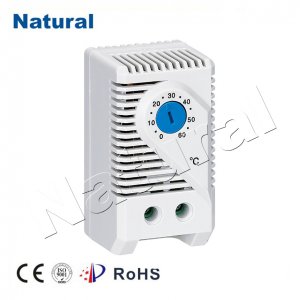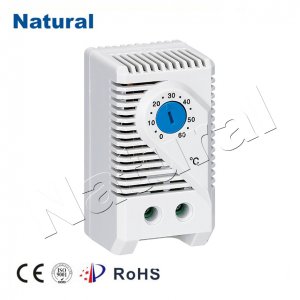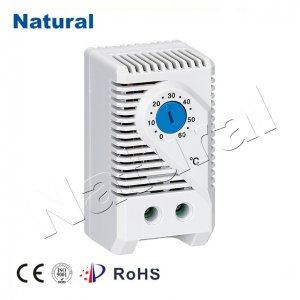A cabinet thermostat is a crucial component in ensuring the optimal temperature and safety of enclosed spaces that house sensitive equipment or valuable items. Whether it’s for maintaining an ideal environment for electronics, collectibles, or even delicate food products, a cabinet thermostat plays a key role in monitoring and regulating temperature, contributing to both operational efficiency and preservation. In this article, we will explore the function, benefits, and importance of a cabinet thermostat, highlighting why it is an essential device in many applications.

What Is a Cabinet Thermostat?

A cabinet thermostat is a device designed to regulate the temperature inside a confined cabinet or enclosure. It works by measuring the ambient temperature within the space and controlling a heating or cooling element to maintain a preset temperature range. These thermostats are typically used in environments where precise temperature control is necessary to protect valuable equipment or materials. Unlike the thermostats found in residential heating systems, cabinet thermostats are designed to be compact and are often installed in a specific cabinet or small enclosure. They can control various devices, such as fans, heaters, or refrigeration units, to ensure that the internal temperature remains stable. This regulation is essential for preventing overheating, freezing, or damage due to extreme fluctuations.
